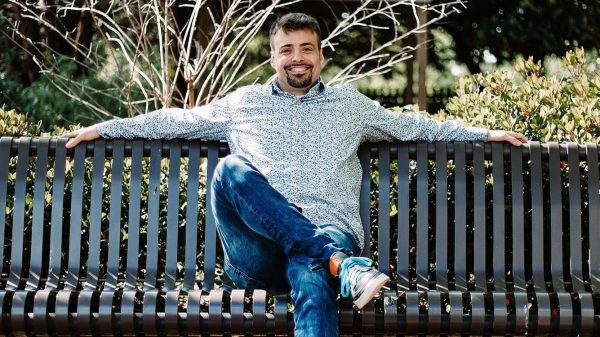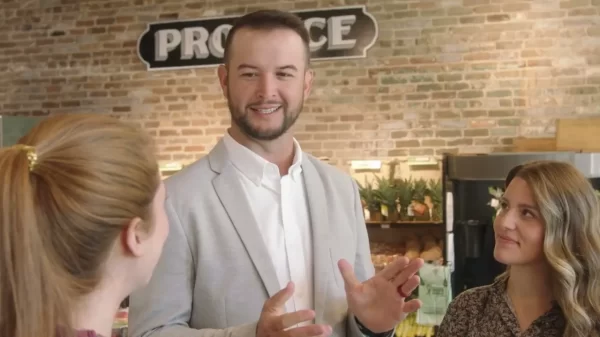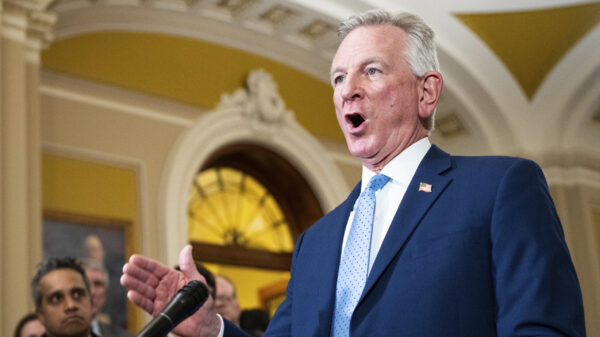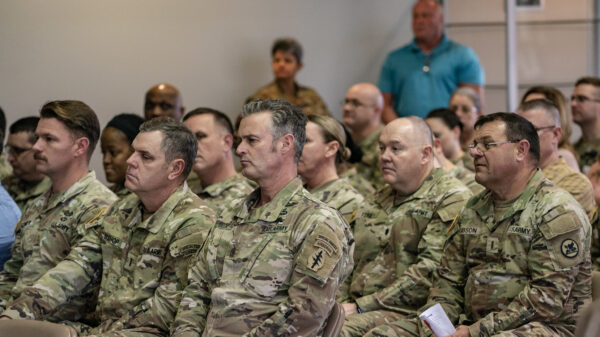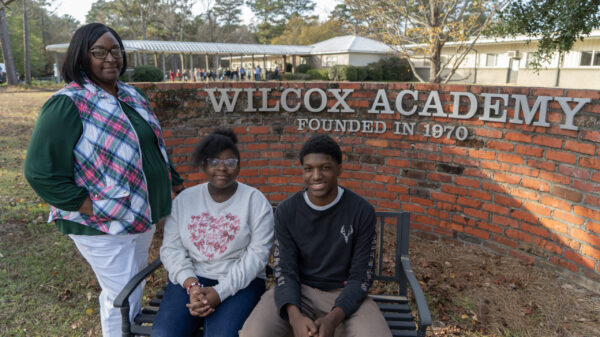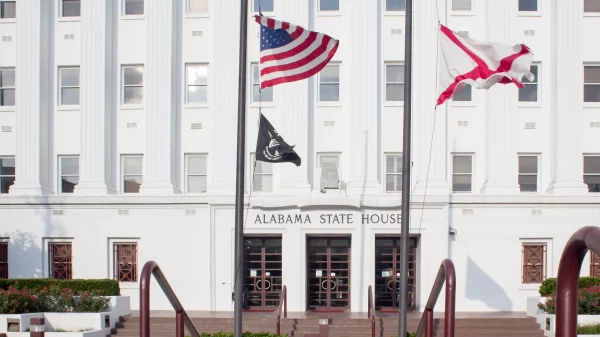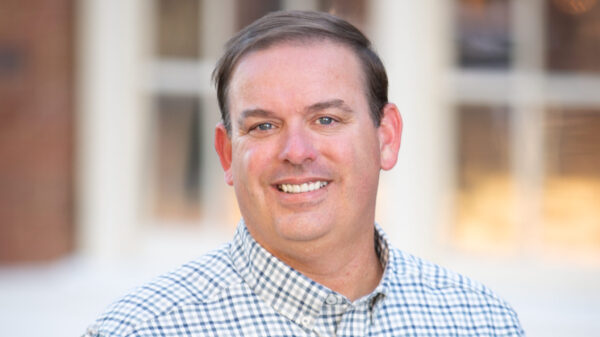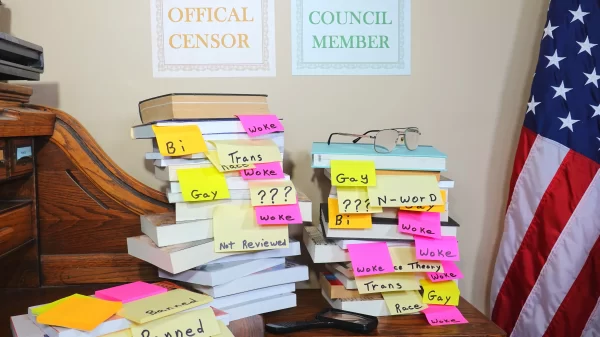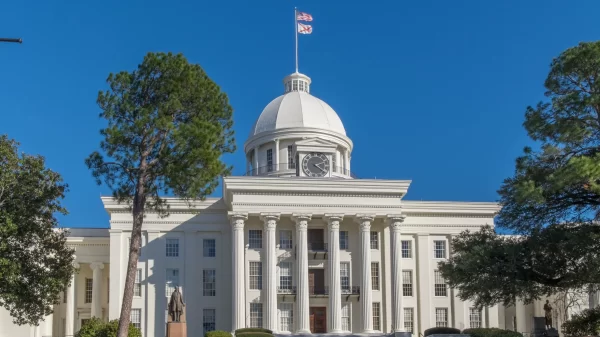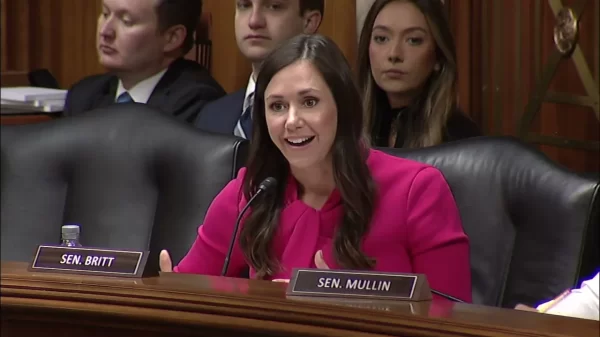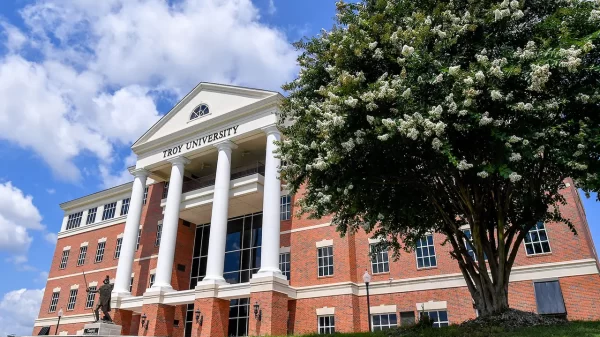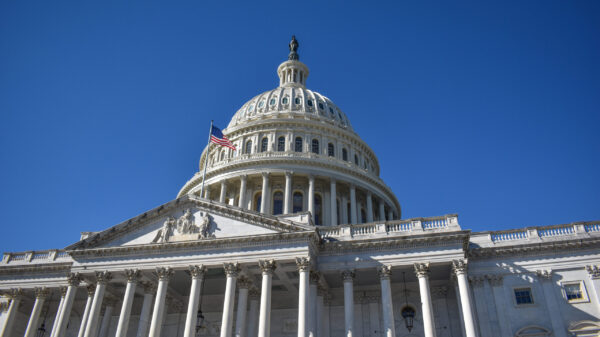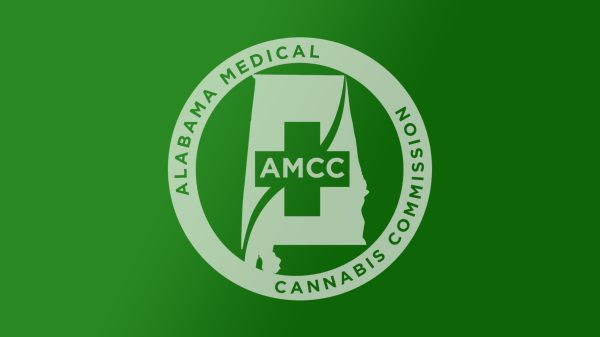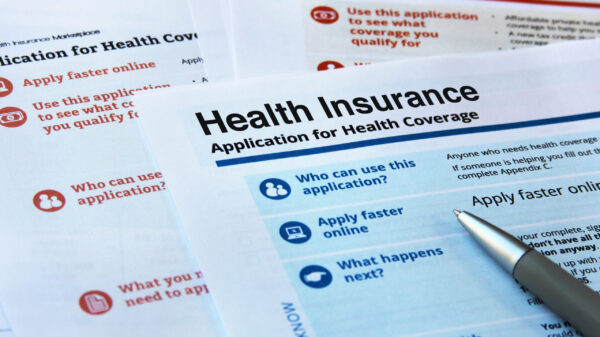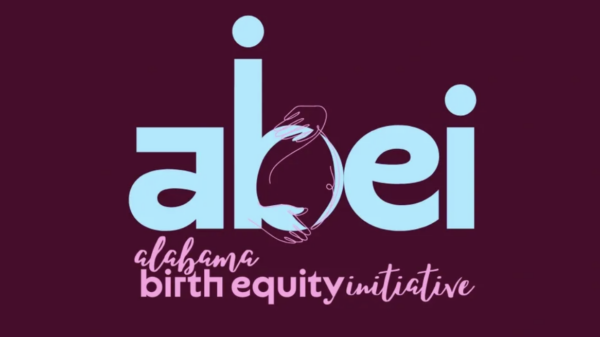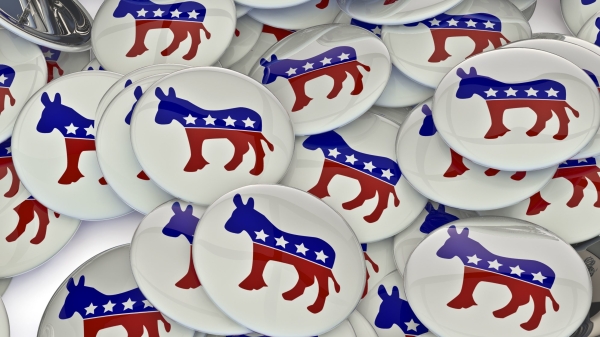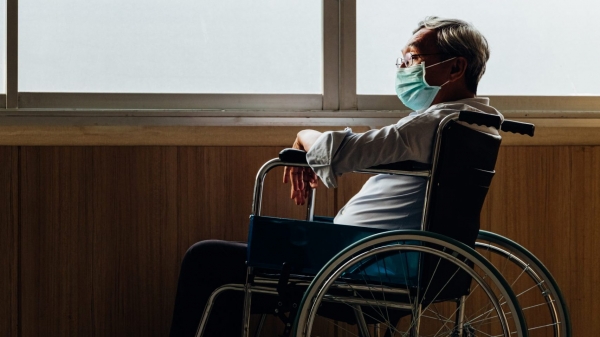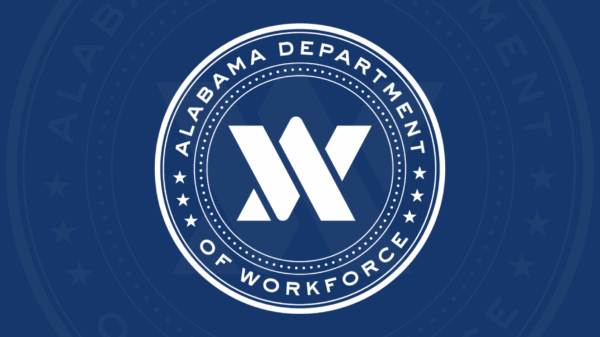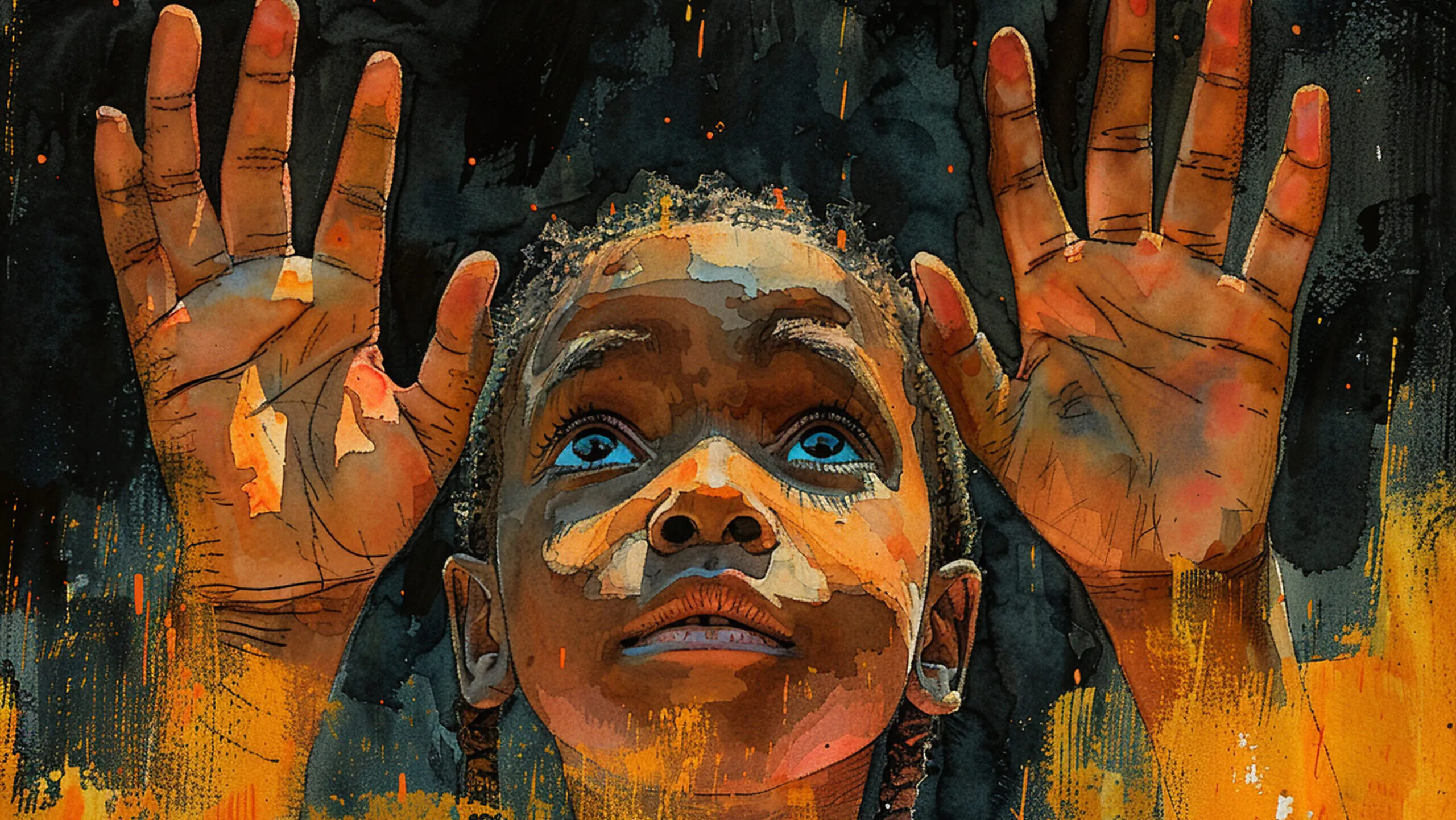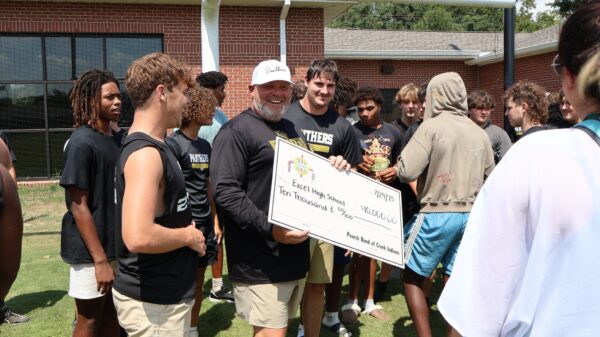A few weeks ago, the Annie E. Casey Foundation released its annual Kids Count Data book, which tracks the well-being of children, as determined by a number of factors, across all 50 states. Alabama, as is typically the case, did not fare well.
That has been the case for Alabama children for generations.
The state has struggled with poverty rates, with reading and math scores, and education success rates in general, and it has long, long ranked as one of the worst states in America for healthcare outcomes. Our children are overweight, have far more preventable ailments and die during or just after childbirth at rates that rival some of the poorest countries in the world.
These are not opinions. They are facts. And we all know them.
As a lifelong resident of this state, it has always confused me how these facts can be simultaneously well-known and yet persist relatively unchanged year after year after year.
The 2025 Kids Count Data book tracked the state’s scores between 2019 and 2023. The only area in which Alabama’s rates didn’t stay virtually unchanged or get worse was for the teen birth rate, which dropped from 26 of 1,000 Alabama teens to 20. (It was still well above the national average of 13.)
I also went back and checked earlier years. The numbers fluctuated only slightly, and there was rarely a remarkable improvement in any area.
Yet, year after year, we hear the same things from our lawmakers and leaders. We get treated to the same talking points. The same excuses. The same con games are designed to present the facade of improvement while actually only assuring the status quo.
You’d think we’d catch on after so long. Especially since there’s a place that has been showing us how to be better, how to improve outcomes. A place right here in this state. Even if it is a sovereign state.
In terms of poverty, poor health and bad education, no community in Alabama had all of it worse than the Poarch Band of Creek Indians. Until the tribe received federal recognition in the mid-1980s, there was virtually no health care, no dental care. The tribe also had to fight to send its children to Alabama’s public schools, which refused them entry along with the Black children, until the early 1960s. And even after desegregation, it wasn’t as if the kids were welcomed with open arms.
Current Poarch Creek tribal Chair and CEO Stephanie Bryan said during a recent podcast interview that she recalled boarding a bus that traveled to the reservation to see a dentist.
But post-federal recognition in 1984, and after Native American tribes across the country were allowed to offer gambling on tribal lands, things changed. Dramatically.
With money starting to roll in for the first time in the tribe’s history, PCI leaders had options.
And they made what were, by Alabama standards, some odd choices.
Tribal leaders didn’t simply enrich themselves and construct a governing system that ensured generational poverty persisted for some while others enjoyed lives of luxury. They didn’t seek to marginalize poor people. They didn’t opt for an unfair system that made upward mobility all but impossible.
They lifted from the bottom.
One of the very first things they did with their new federal recognition and the federal grant money that came with it was to open the first Poarch Creek health clinic. They did that in 1987. Three-years after receiving recognition. Long before they started making lots of money from gambling.
Brick by brick, as the wealth of the tribe grew, PCI leaders have steadily built a base of support for tribal members and their families that starts at birth and offers necessary support into adulthood.
They have a world-class health clinic. They have one of the most successful pre-K programs and daycare/after school care programs in Alabama. They offer counseling. They offer free prescription drugs. They offer elder care. They offer so many scholarship programs and tuition assistance programs that it’s almost impossible to list them all.
In 2011, when the tribe started its Boys and Girls Club program (which is its after school and summer programs), it had 40 participants. This year, on any given day, there are more than 500.
In the 1990s, when the tribe started handing out college scholarships for $500-$1,000, it had few takers. This past year, there were 36 high school grads heading off to college. And PCI honored 27 college graduates.
Healthcare outcomes have also improved, as PCI poured more and more money into its clinic and various health care services. One of the biggest gains has been in diabetes treatment. A particularly widespread problem on most Native American reservations, it has long been a problem for the Poarch Creeks.
In 2022, the tribe started dual programs to address the problem. Focusing on education and monitoring and a program focused on overall wellness and exercise, the reservation has seen a notable reduction in serious diabetes-related complications.
Now, look, this is not to say, of course, that PCI is devoid of issues. This isn’t a cheesy movie where everything becomes a problem-free utopia because a few good decisions are made. But here’s the thing: While the rest of the state is mired in doormat quality-of-life statistics, the people on the reservation are seeing things improve.
Every single day things get a little bit better. Every single day, the opportunities become more widespread, the hurdles a little lower.
And don’t try to tell me it’s because they have a lot of money from gambling. They don’t have more gambling money than Alabama has tax money. Not even close.
It’s about the decisions that were made on how to spend the money. That’s the difference.
Alabama could be better. It could offer better living conditions for its children—all of its children—and it could present more opportunities for its people. It’s not as if we don’t know what will work.
Our lawmakers have simply decided not to do those things.


